
Two researchers from the Arab American University have come up with an innovative method for non-invasive diagnosis of skin diseases and disorders without the need for healthcare professionals or a medical clinic.
This study is considered the first of its kind. The innovative method of the two researchers from the Arab American University, Dr. Amani Owda, Head of the Department of Engineering, Natural, and Technological Sciences at the Faculty of Graduate Studies, and co-researcher Dr. Majdi Owda, Dean of Faculty of Data Science, is based on diagnosis by measuring millimeter waves that emerge from human skin and produce invisible signatures that contribute to inferring the health of the skin.
The study revealed that the skin's reaction to damage - such as cancer, burns, or eczema produces visible changes and invisible signatures that can be measured using millimeter wave sensors that do not come into contact with the skin and do not expose it to any type of radiation.
Current medical practice suggests different methodologies for detecting and diagnosing diseases and skin conditions, most of which require clinical tests and laboratory analyses in addition to images. Then, health care professionals evaluate the results, especially with regard to skin cancer and degrees of burns. These examinations usually consume a lot of time, money, and effort, in addition to waiting, which is stressful for the patient and may cause psychological pressure.
The reflection measurements (skin signatures) in this study were performed on two samples of participants. The first sample consists of 60 participants (30 male and 30 female) with healthy skin. The second sample contains 60 participants (30 male and 30 female) who suffer from diseases and skin conditions, namely, basal cell carcinoma (BCC), squamous cell carcinoma (SCC), And first, second, and third degree burns in addition to eczema. The measurements showed significant differences in reflectance in the range of 0.02-0.27 between healthy and unhealthy areas of skin on the same person.
As a result, the study demonstrated the existence of differences in the reflection of healthy skin and diseased skin using the millimeter wave measurement technique emerging from the human body as a non-contact sensor, which enables it to recognize and distinguish between healthy and diseased areas of the skin. It offers promising prospects for using this technology as a non-surgical method for early detection of skin diseases and disorders.
To view more details of the study, click here








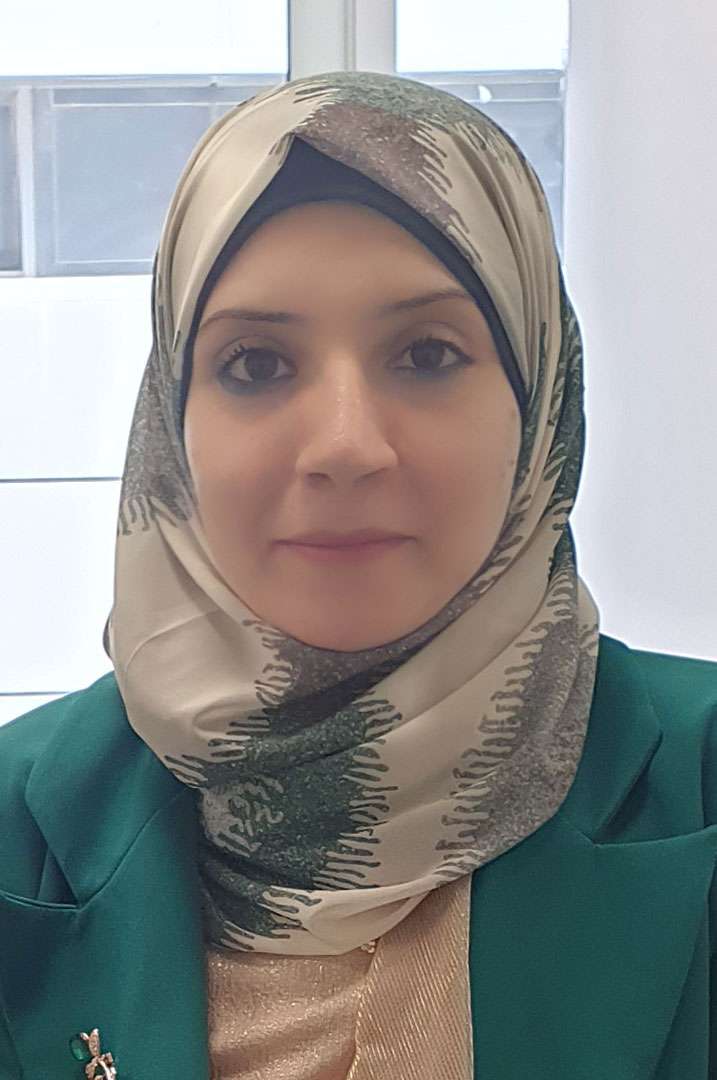
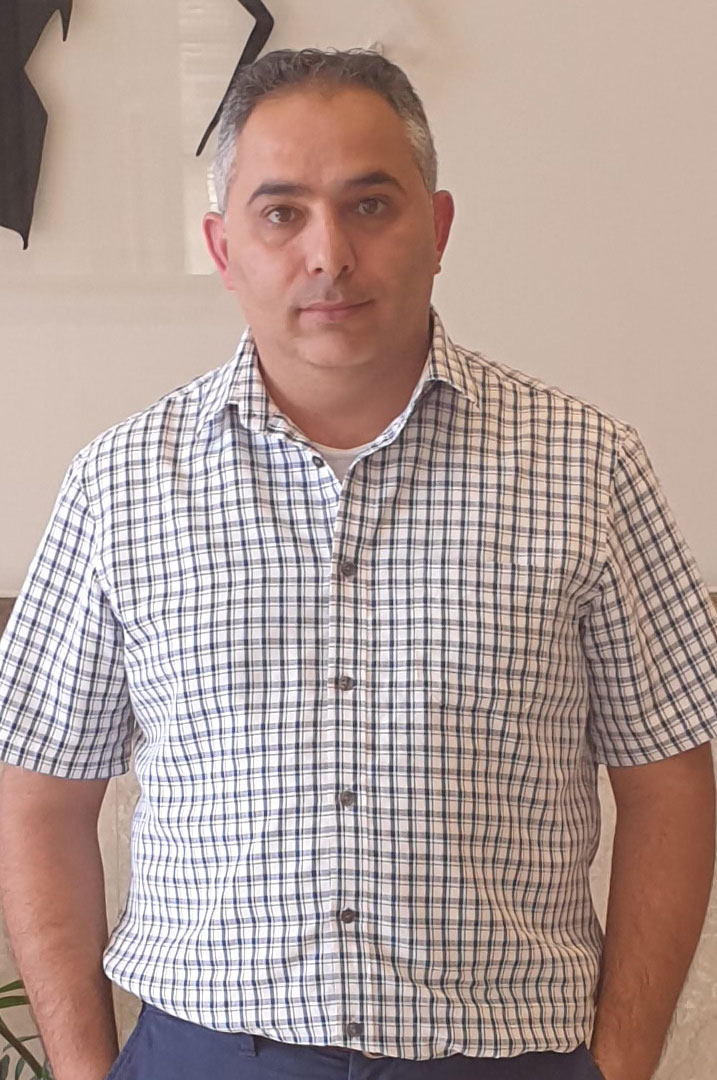
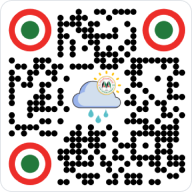




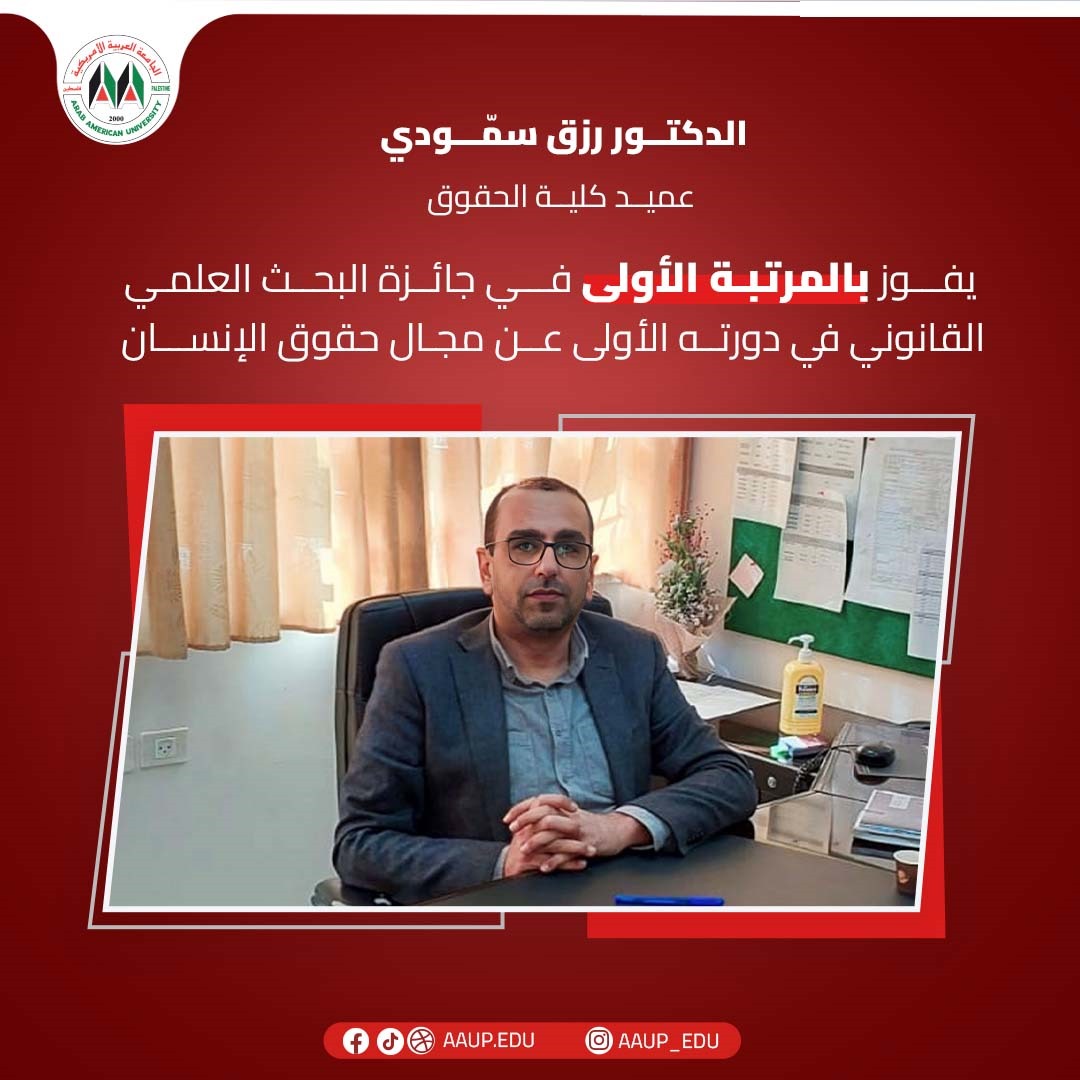
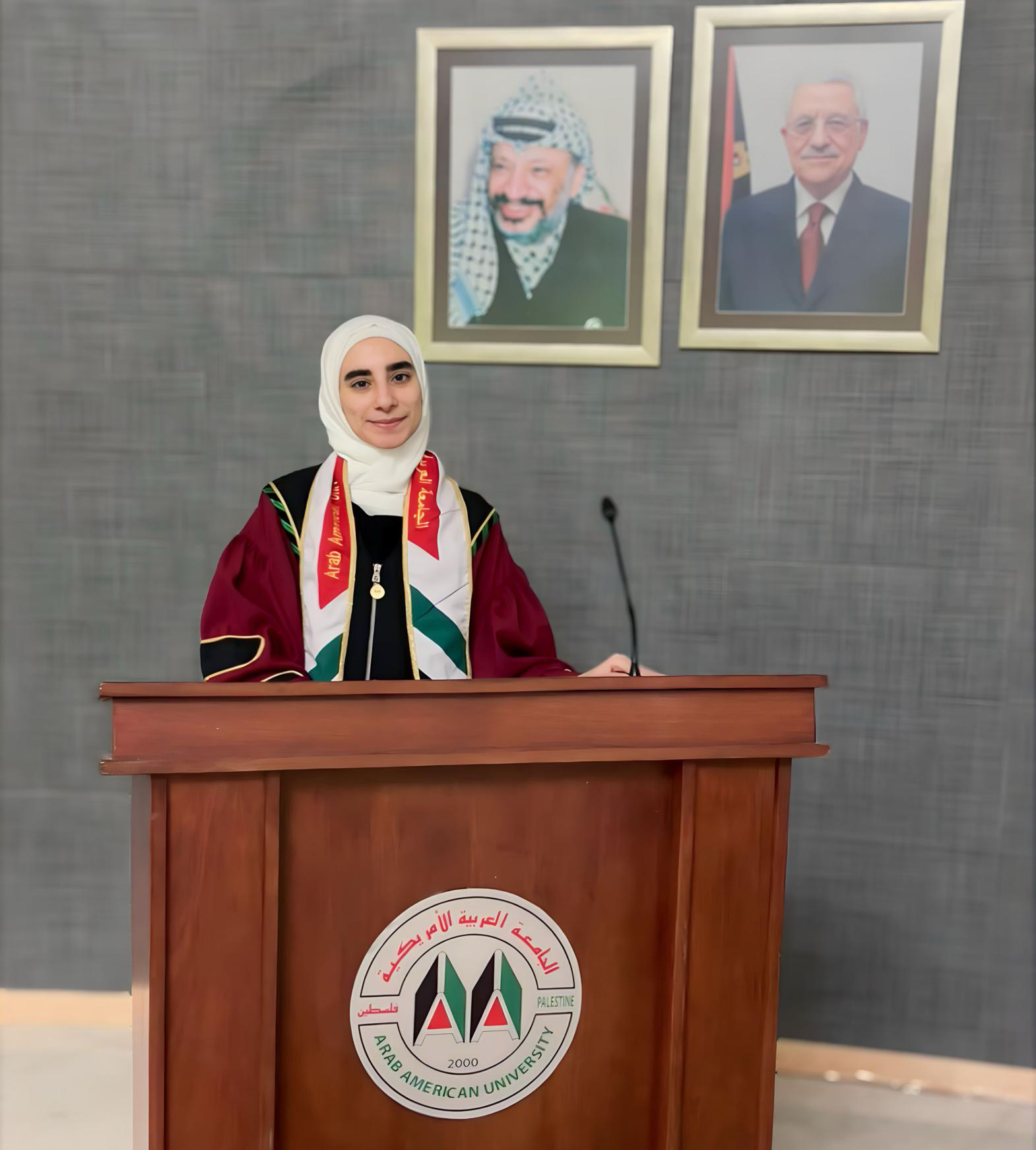
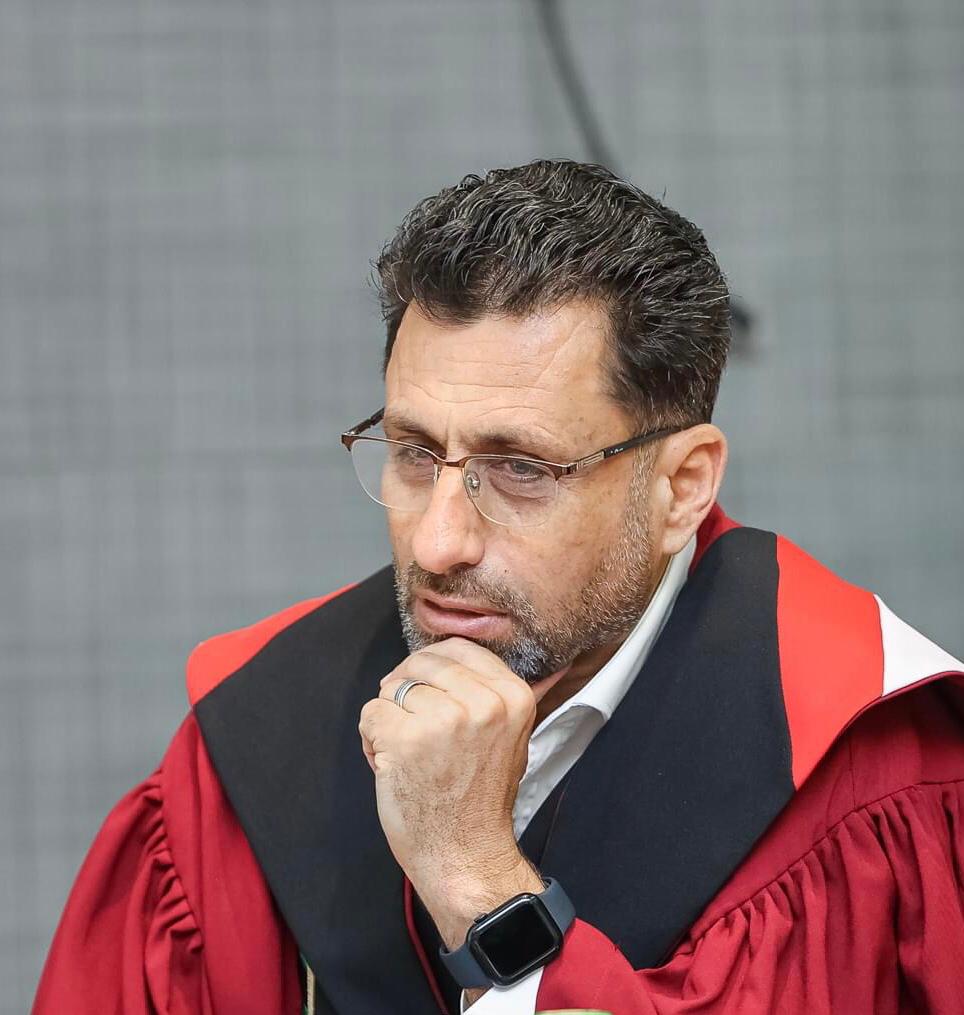
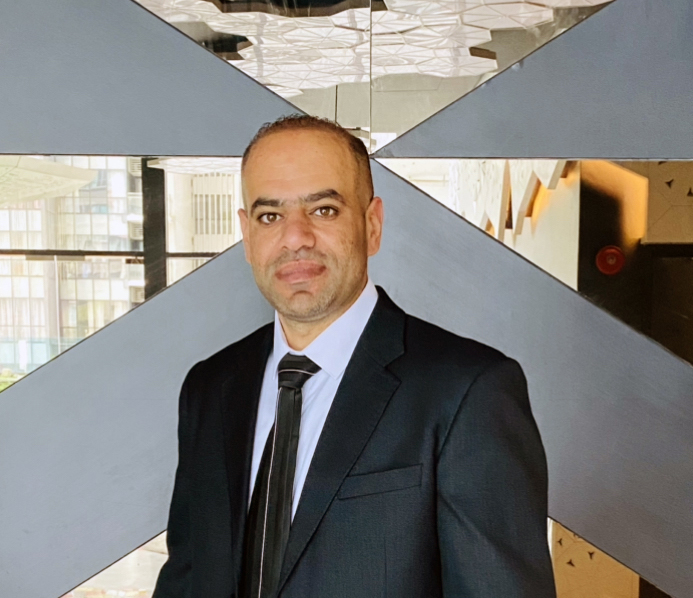
Add new comment